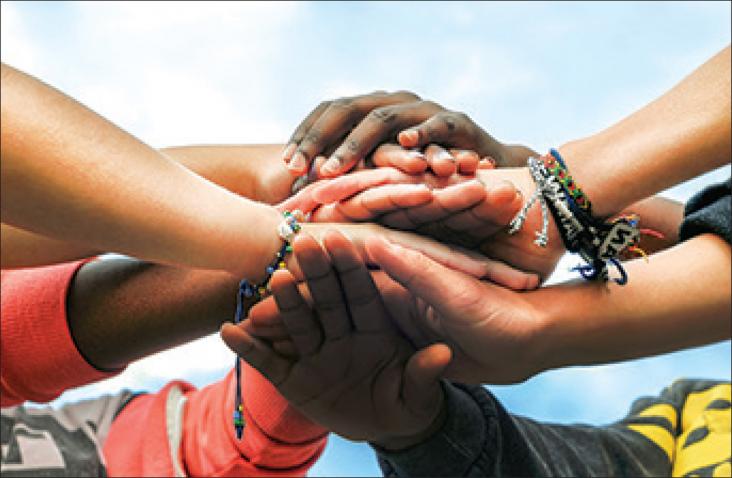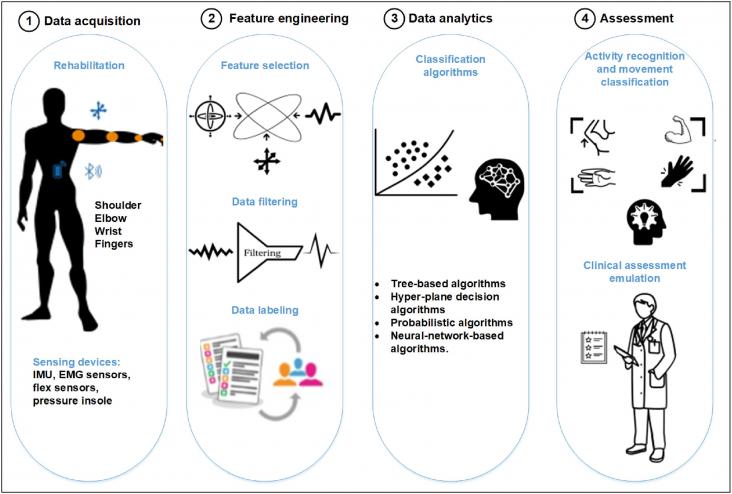An Article in support of SDG 3, showing that universal HIV testing and treatment improved employment outcomes and other indicators of socioeconomic wellbeing for HIV-positive adults and children in their households, but had no effect on HIV-negative adults.
Background: WHO promotes the SAFE strategy for the elimination of trachoma as a public health programme, which promotes surgery for trichiasis (ie, the S component), antibiotics to clear the ocular st
This suports SDGs 1, 3 and 5 by supporting access to care and contraception.
Access to hygiene services is a pressing challenge, particularly in low-income countries, and has become even more critical during the COVID-19 pandemic. While the WHO/UNICEF Joint Monitoring Program monitors global access to hygiene services, there's a need for alternative measures of inequality, such as a ternary diagram, to provide more accurate interpretations of the data, revealing spatial disparities and informing evidence-based public policies. [hotspot on urban/rural population in LMIC]
The article highlights the significant threat climate change poses to global food security and micronutrient availability, particularly in low- and middle-income countries. It emphasizes that rising temperatures, elevated CO2, and extreme weather events will likely reduce the yield and quality of essential crops and fisheries. Effective mitigation strategies, such as biofortification, plant breeding, and genetic modifications, are critical to enhance crop resilience and nutritional content, ensuring food security and addressing micronutrient deficiencies amidst changing climate conditions.

Discusses how manifestations of HIV-related CVD differ by sex. The goal of SDG target 3.3 is to end the epidemics of AIDS, tuberculosis, malaria and neglected tropical diseases and combat hepatitis, water-borne diseases and other communicable diseases.

A Comment on the health and wellbeing of Indigenous adolescents, in the contexts of SDGs 3 and 10, highlighting the need to drive global advocacy and evidence-based action in Indigenous adolescent health for the development of strategies to overcome current inequities and to empower Indigenous young people.

A cerebrovascular accident or stroke is the second commonest cause of death in the world. If it is not fatal, it can result in paralysis, sensory impairment and significant disability.
Sexual and gender minority (SGM) communities face stigma and discrimination that impact all aspects of health.
From the more than 700,000 deaths from COVID-19 in the US and the nearly 5 million worldwide, there emerge even more stories than match the statistics when one considers all of the patients' relations
